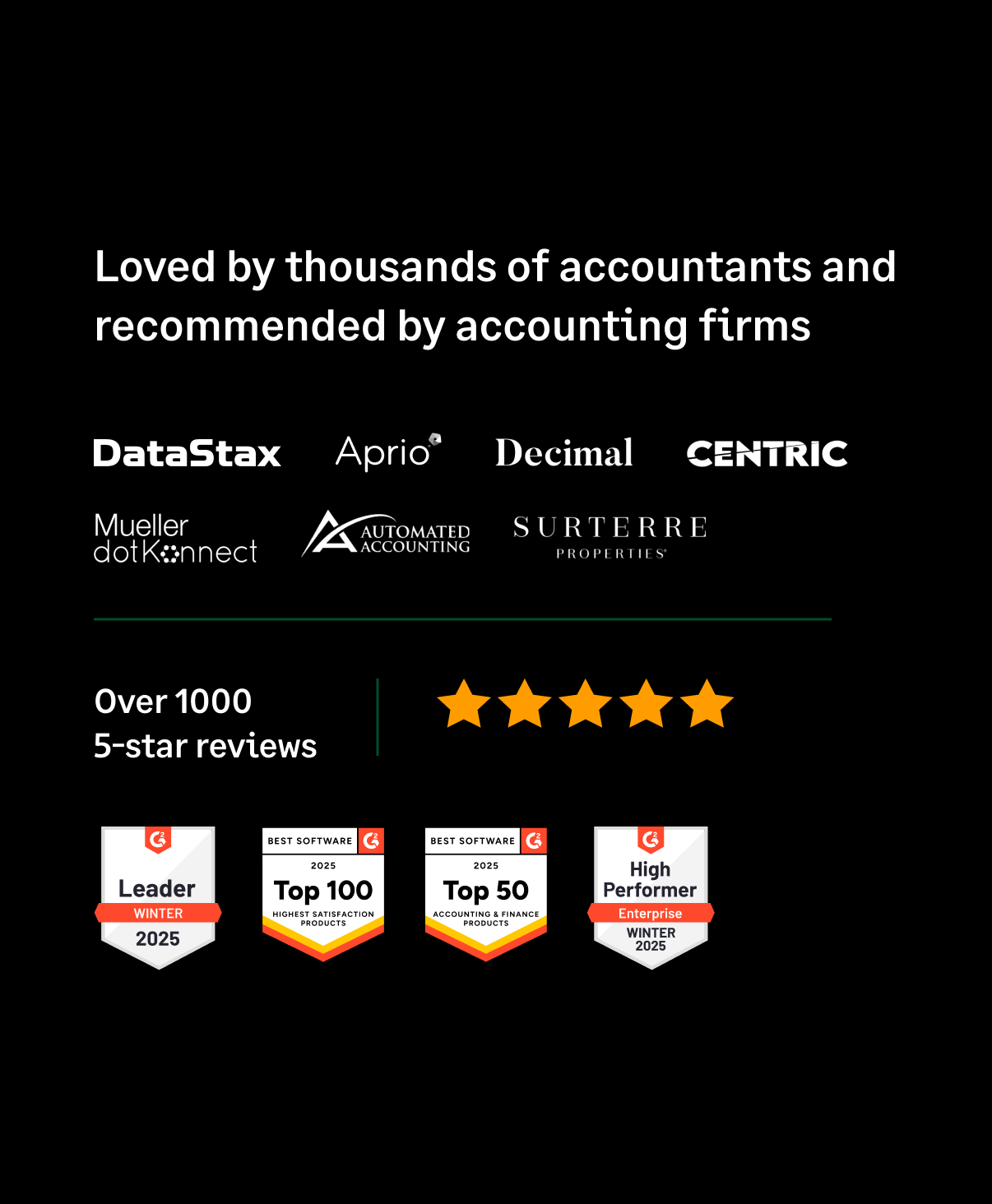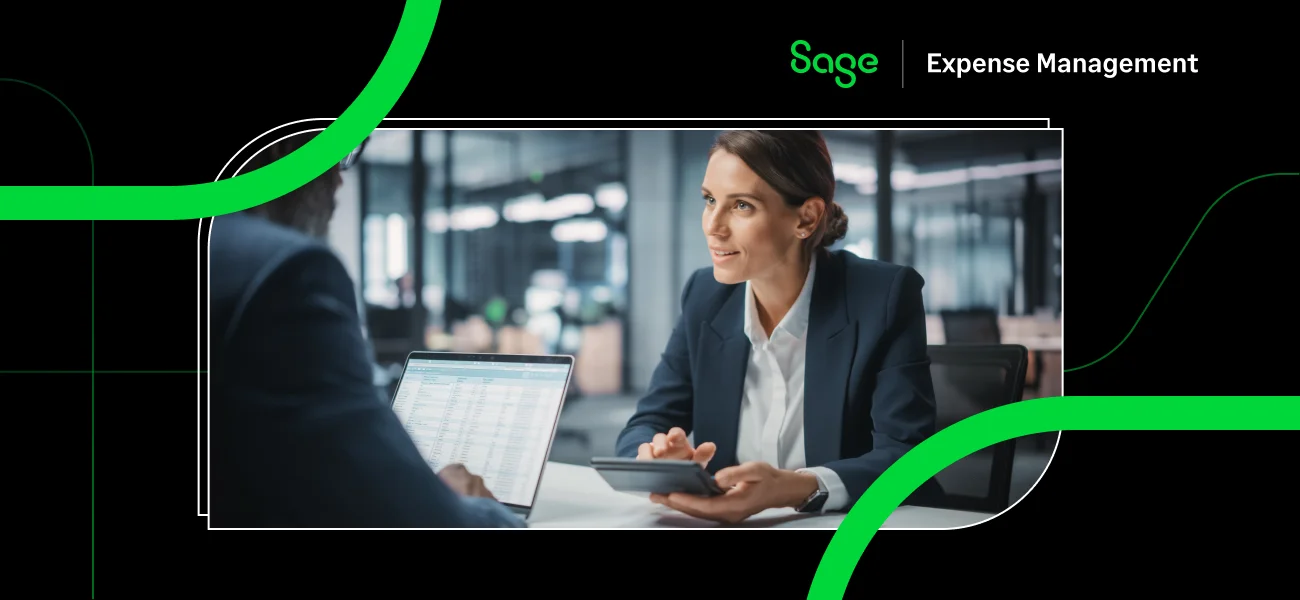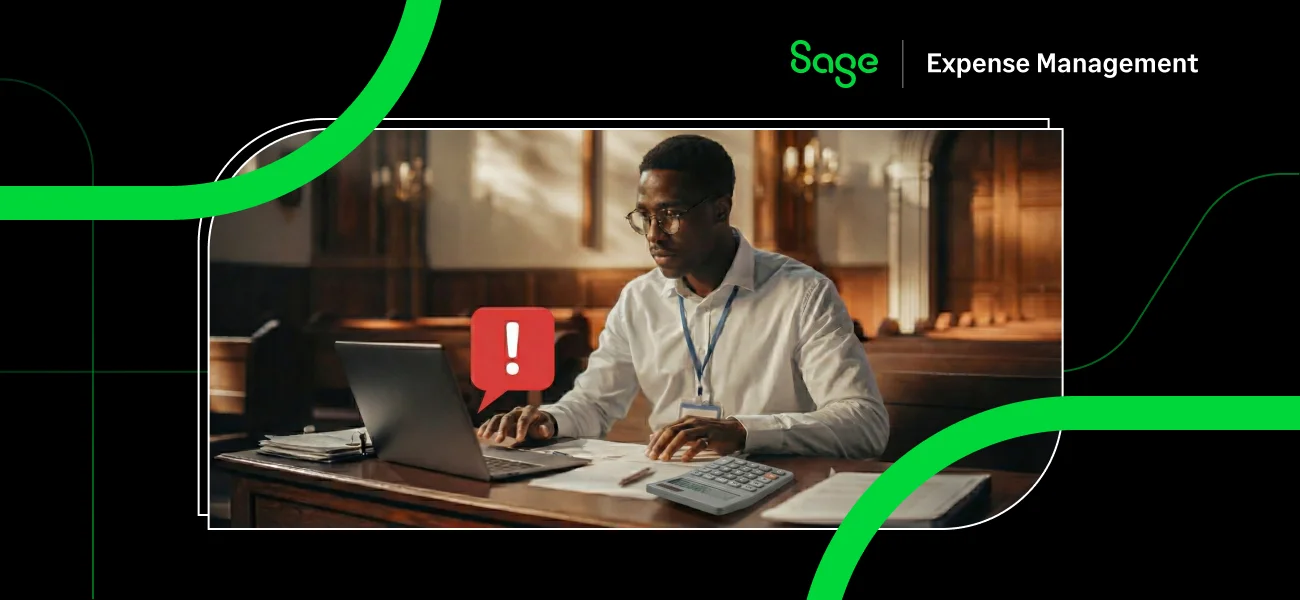Current SaaS trends show that SaaS is here to stay and will continue to be the driving force to provide large and small businesses an avenue of features and convenience that isn't possible with on-site infrastructure.
Simplicity and speed have become the leading reasons SaaS continues to dominate and will do so for years to come. AI insights, cybersecurity, and API connections are just some things that continue to sway developers and businesses to embrace SaaS entirely.
But what does this mean for a business owner like you? This is a quick read to help you with just that. So let's dive in!
What is SaaS?
Before getting into the trends you can expect, it's essential to have a foundation of what SaaS is and all it offers.
Software-as-a-Service, or SaaS, has become the best friend for many businesses, academics, and consumers. SaaS is a subscription-based alternative to managing, upgrading, and paying for new software over time.
SaaS provides users an affordable subscription-based model to access software, ensuring regular updates, new features, and stability. SaaS development plays a vital role in creating and maintaining cloud-based applications, delivering seamless user experiences and robust security measures. This model revolutionizes the software industry, offering flexibility and convenience without upfront costs, and fostering customer loyalty.
On-site softwares suffer from costly upgrades and are prone to compatibility failures. Also, machines need to stay up to date with the software on them. The problem for many businesses is that usually, you'll have to upgrade your device and then repurchase and upgrade the software.
Right now, with constant technological updates and a fast-moving business environment, on-site software expenses just won't cut. As a result, SaaS has become critical to most businesses maintaining a competitive edge within their market as it eliminates downtime and overhead costs.
Top 12 SaaS Trends to Watch Out for in 2023
1. AI & Machine Learning
.png)
Google has been leading the charge in AI and Machine learning software, and there is no sign of other companies abandoning the idea.
Analytics has become critical for most businesses, and now most analytic software are implementing AI insights and pattern recognition to optimize their software.
Also, AI insights and other machine learning software will focus on cutting down manual tasks, similar to automation, and providing competitive insights that humans can't see on their own with graphs and data.
The importance of AI insights will continue to impact our current software and business decisions. Therefore, using any software that provides AI insights is wise, as it may give you the competitive edge you need in your market.
2. Vertical SaaS
Today, vertical SaaS aims to capture the attention of businesses by providing the best experience over generic tools that can accomplish something similar but with more mediocre results.
The idea of vertical SaaS is to target a specific market and provide software solutions for them.
For example, Mailchimp targets digital marketers with a focus on email marketing. Their software optimizes the user experience and makes the process easier and more efficient.
Whether enhancing your email marketing experience or streamlining your other processes, vertical SaaS will continue to rise as finding a niche in the business world has become critical to early success. If you provide Software-as-a-Service or want to break into the market, vertical SaaS is your solution.
3. The Rise of PaaS
PaaS, or Platform-as-a-Service, continues to rise steadily in popularity. Previously, developers could only dream of an all-in-one application and software development solution, but with PaaS, it's become a reality.
Simply put, the idea of PaaS is to cut the hassle of paying and operating multiple extensions and have an entire setup ready for coding, developing, and structuring right away on any machine.
Providers typically bundle hardware and software tools through a cloud-based service so that programmers can access a suite of software development tools with a simple machine and their internet browser.
PaaS takes heavy advantage of cloud computing, providing programmers access to expensive machines and saving costs on separate tools and machine upgrades. In addition, since everything is cloud-based, developers get fantastic value through their monthly or annual subscriptions.
For developers, consider how important PaaS is for you and if the convenience is worth the cost. PaaS is a relatively expensive alternative to on-site infrastructure, but it eliminates the heavy investment and upfront cost most businesses must pay.
4. Mobile Optimization Before All Else
It's no secret that the mobile market has become the main focus for service providers as most people have some mobile smart device that heavily depends on software to improve their experience.
Software providers make it a pivotal point to implement a mobile version so users can access their software on multiple platforms. This option provides an immense service for many.
Business owners frequently use mobile applications to access and share reports instantly, regardless of location. In addition, tablets, laptops, and phones are an outside-the-office solution for most remote workers.
On-site servers limit who can access what software and documents, but with the rise of remote work, businesses are seeing the importance of cloud-based servers that provide employees access to software and documents anywhere at any time.
5. Low or No-code SaaS
Doing more with less is the idea of low code or no-code SaaS. Today, more businesses need to understand how to build and customize the software to meet their needs.
Low-code applications are not new, but their importance has become increasingly more relevant after the recent pandemic.
Businesses rely heavily on software regardless of size, so the more complex the software is to edit and customize, the less value it holds for said business.
Drag and drop features and customization in software automation will continue to spark serious interest from all industries.
SaaS leaders like Semrush, MailChimp, and Google provide users with multiple options to implement their features to meet their needs. These features don't need to be manually coded in and provide the flexibility most businesses desire, such as white labeling, workflow, and automation.
6. More Attention on Cybersecurity & Data Privacy
.png)
It's no surprise that cybersecurity is becoming more critical. The rise of cybersecurity companies has shown how seriously consumers and businesses take their privacy. Companies now are beginning to implement security measures such as a DMARC check which is mainly implemented to protect against email spoofing and redirections.
Malware, ransomware, and IT outages continue to plague businesses and cause massive supply chain disruptions and heavy damage to a business's credibility with consumers. Hackers are getting smarter, and it's a constant race to protect critical information from them.
Privacy has become a popular topic for many consumers, as businesses hold an insane amount of consumer data and information. As a result, companies that aim to provide security and privacy to their customers can expect a rise in interest.
7. Integrated API Connections
To keep it simple, API allows different software to work together to share information and data. With API integrations, applications can enhance workflow and automation and give applications the ability to access pull information from other software.
Since cloud-based applications are becoming more popular, proper API integrations will continue to become critical to a seamless experience between software, especially analytic-based software.
E-commerce websites take advantage of API connections the most. For example, to create a sound online shopping experience, website developers for e-commerce sites use API connections to share information from the website to server databases that hold inventory and customer information. E-commerce marketers also use Google Trends API for data extraction to ensure stable data supply and save impressive amounts of time and effort.
8. White-labeled SaaS
Software as a whole has become highly customizable, and plenty of businesses are trying to find a way to make it their own. With white labeling, companies can turn whatever software they use and rebrand it to reflect their businesses.
As it stands, more software are embracing the idea of white labeling, especially for enterprise deals. In an age where plenty of companies are using the same analytics software, it's a good thing to provide users with a sense of uniqueness.
9. Plenty of Integrations & Cross-Platform Tools

Third-party integration is critical to creating a unifying experience. Applications are starting to understand the importance of working together instead of against each other.
CRM software typically provides a hub for users to utilize many integrations to help achieve their goals.
With the overabundance of software available on the market, consumers typically have to swap between applications and learn essential aspects of operating and using that software.
Integrations provide a way to bring all software together in one place for easier time management and software usage. Salesforce is an example of a CRM tool that provides an impressive amount of software integration to help boost its overall user experience.
Salesforce takes the best aspects of QuickBooks, Google Cloud, Slack, and Mailchimp to provide its users with plenty of options to manage their other software on one platform. You can expect to see more software give this option to their users as time passes.
10. A Focus on Micro SaaS Products
Micro SaaS products are like vertical SaaS in a way. However, Micro SaaS aims to provide a solution on a smaller scale than SaaS. Most Software-as-a-Service tackle multiple problems with plenty of features to offer value in more avenues than one.
Micro SaaS is software that doesn't aim at large markets but offers solutions for smaller or niche markets. The fantastic thing about Micro SaaS is that typically they'll work directly with small businesses to implement software solutions.
Micro SaaS is highly profitable for freelance developers looking to expand into this market. For many entrepreneurs who are getting into SaaS, Micro SaaS is a perfect option, and you can expect to see more Micro SaaS solutions in the coming years.
11. Unbundling of SaaS Products
SaaS tries to provide plenty of tools and features to ensure its users get the best experience for their money. However, not every business needs a one size fits all solution, and unbundling features and tools you don't need will improve the overall experience and costs of specific software.
The idea of unbundling comes from specific software just not providing the optimal solution for its users. If users can focus and use the features critical to their needs, they'll have an overall better experience with the software and how it performs.
Vendors are now seeing this and focusing on saving consumers money by choosing only to include features they want and are willing to pay to use. This tactic saves money and helps the service provider improve their popular features while fizzling out their weaker ones.
12. Customer Experience for Retention Becomes Key
.png)
Since Software-as-a-Service operates on a subscription-based model, it must keep its monthly and annual subscribers for as long as possible to generate revenue. Therefore, customer experience and service become vital for companies to provide their users.
To do this, you first need to identify your target audience, and then you can construct personalized experiences for them.
Many businesses that offer SaaS improve their retention through excellent customer support and constant updates and stability fixes to their service. Most software under this subscription model don't stay static, nor should you. Make customer feedback collection and implementation integral to your SaaS product management process, as it's the best way to keep your customers satisfied with your solution.
Another thing that can improve customer service? Improving your order fulfillment strategy. Order fulfillment in a competitive eCommerce landscape like SaaS is complex, but if you get it right, you’ll attract a wide variety of loyal customers.
Constantly improving the customer experience as a SaaS provider is key to creating loyal customers who will continue using your service over your competitors.
What Does the Future Look Like for SaaS?
The future of SaaS looks bright. Current trends show that there is no sign of SaaS going away or slowing down.
Instead, it looks like it will become the standard for most software in the future. While that may seem intimidating, it will allow the software to expand and advance further than one-time purchases.
SaaS becoming the standard for most software means leaving the annoyances of manual server maintenance, upgrades, and IT support in the past. Finally, ensure you're staying on top of SaaS trends. Being in the know of things will benefit you in this fast-paced digital age.



















